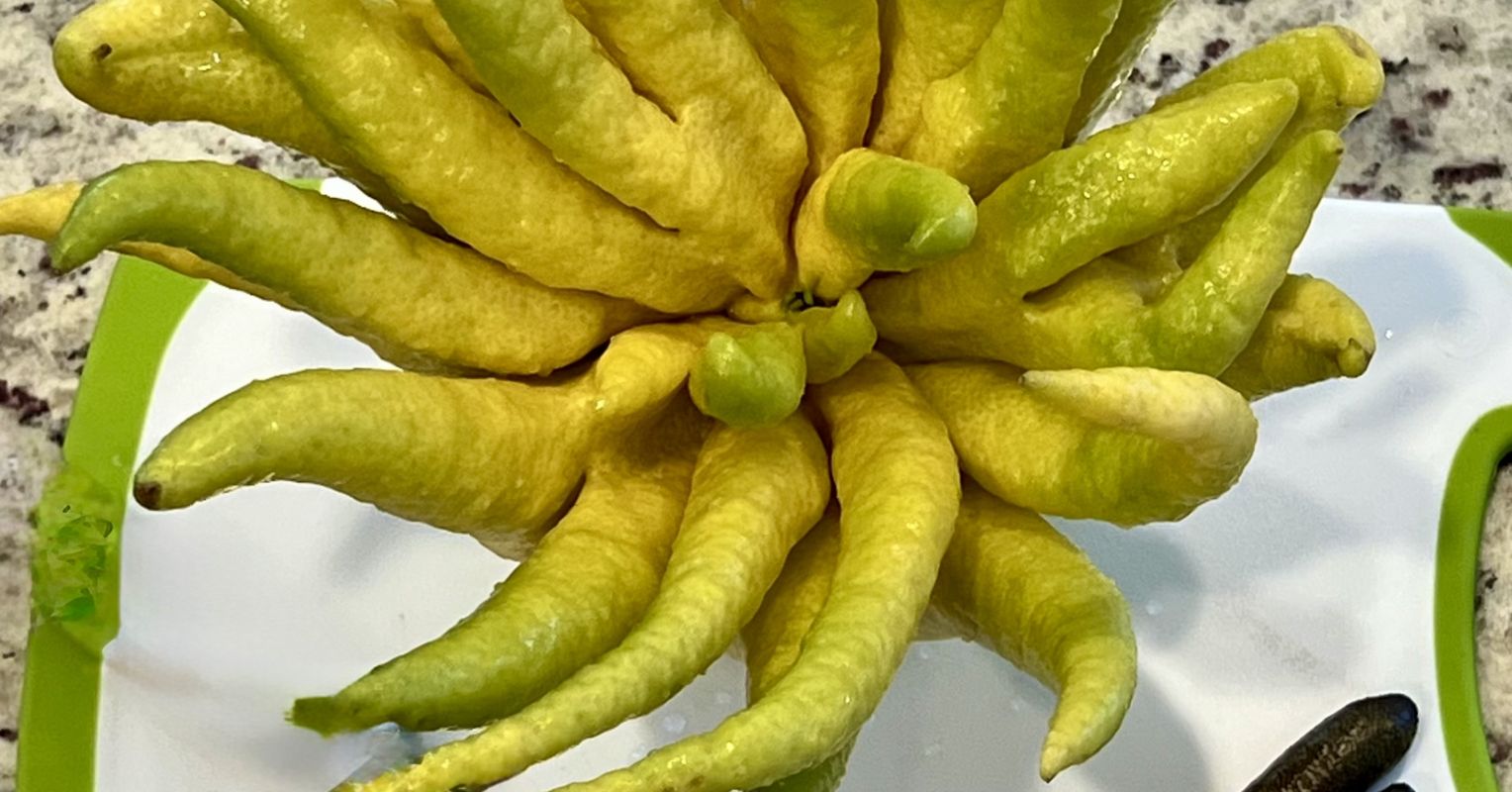
Not all Halloween treats come in a candy wrapper. Some grow on trees. Think of the golden claws of Buddha’s hand, the lime-green pearls that burst from finger limes, and the jet-black skins of wild berries that look like something a witch might toss into her brew.
These “haunted harvests” may look spooky, but they’re full of compounds that help your brain stay sharp, calm, and resilient. Beneath their eerie colors and unusual textures, wild and exotic fruits remind us that curiosity, both sensory and scientific, is one of the best things we can feed our brains.
Wild Doesn’t Mean Wicked
For centuries, humans have been suspicious of wild fruit. Folklore warned us about poisonous berries, forbidden apples, and fruits that “bewitch” the senses. But modern nutrition science is rewriting the story.
Research shows that darkly pigmented fruits, like blackberries, wild blueberries, elderberries, and mulberries, contain anthocyanins and flavonoids, plant compounds that act as antioxidants and anti-inflammatories in the brain. These molecules help protect neurons from oxidative stress and support neuroplasticity, the brain’s ability to form and strengthen new connections.
Translation: The darker and wilder the fruit, the better it probably is for your neurons.
Meet the Stars of the Haunted Harvest
- Buddha’s hand (Citrus medica var. sarcodactylis): This is a citron that looks like a golden monster’s hand reaching from the fruit bowl. Its scent is rich in limonene and γ-terpinene, aromatic compounds linked to relaxation and reduced anxiety. Early studies show Buddha’s hand extracts have antioxidant and anti-inflammatory effects that could benefit the nervous system.
- Finger limes (Citrus australasica): Known as “citrus caviar,” these tiny pearls pop with a tart fizz that stimulates your senses. Finger limes deliver vitamin C and flavonoids, which promote healthy blood flow and protect neurons from oxidative damage.
- Wild berries and elderberries: These are the true brain classics. Multiple human trials show that regular berry intake improves memory and focus in older adults, likely due to anthocyanins enhancing communication between brain cells and reducing inflammation.
- Other wild wonders: Blood oranges, pomegranates, and even the inky jabuticaba from Brazil each contain unique polyphenols that protect the brain’s delicate chemistry, proof that nature’s boldest colors often hide the richest nutrients.
How They Work Their “Magic”
The science isn’t mystical, it’s metabolic.
- Antioxidants protect brain cells from oxidative stress, a process tied to cognitive decline.
- Flavonoids improve cerebral blood flow and strengthen signaling between neurons.
- Polyphenols help regulate inflammation and support the production of BDNF (brain-derived neurotrophic factor), which fuels learning and memory.
These effects don’t happen overnight. They build up gradually through consistent dietary patterns, not one-off fruit experiments.
Trick Your Brain in a Good Way
Your brain loves novelty. New sights, smells, and textures light up reward pathways and stimulate neuroplasticity. When you slice open a finger lime or breathe in the scent of Buddha’s hand, you’re engaging multiple sensory circuits that keep the brain adaptable and resilient.
In other words, trying something new at the table is as good for your neurons as it is for your palate.
Witch’s Brew Recipes for the Brain
- Haunted Citrus Sparkler: Sparkling water with finger lime pearls and a twist of Buddha’s hand peel.
- Blackberry “Brain Boost” Smoothie: Frozen wild blueberries, Greek yogurt, cinnamon, and lemon zest.
- Dark Magic Chia Bowl: Chia pudding layered with elderberry syrup, mulberries, and shaved dark chocolate.
Science Reality Check: The Truth Behind the “Brain-Boosting Fruit” Hype
No single fruit will make you smarter. The benefits come from patterns, not potions. Long-term studies show that eating polyphenol-rich fruits, especially berries and citrus, supports memory and focus, mostly by improving blood flow and reducing inflammation.
Buddha’s hand and finger limes haven’t been tested directly in humans yet, but their chemistry points in the right direction: antioxidant and calming compounds that support healthy brain signaling. The key takeaway? It’s not about chasing exotic ingredients. It’s about variety, color, and curiosity—the behaviors that keep your neurons flexible and your mind young.
Consistency is the real superpower. Buddha’s hand just makes the science more fun to look at.
Curiosity Is the Real Magic
Brains thrive on curiosity. Whether you’re learning a language, exploring a new place, or tasting an unfamiliar fruit, you’re exercising your cognitive muscle. Halloween reminds us that curiosity and courage often go hand in hand.
So this season, go ahead and taste something wild. Let your senses light up. Your brain will remember the experience long after the jack-o’-lanterns fade.
